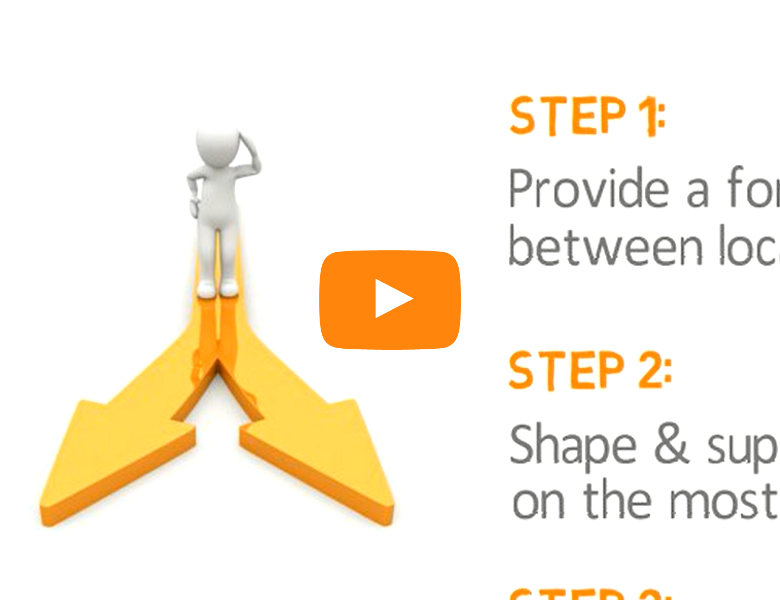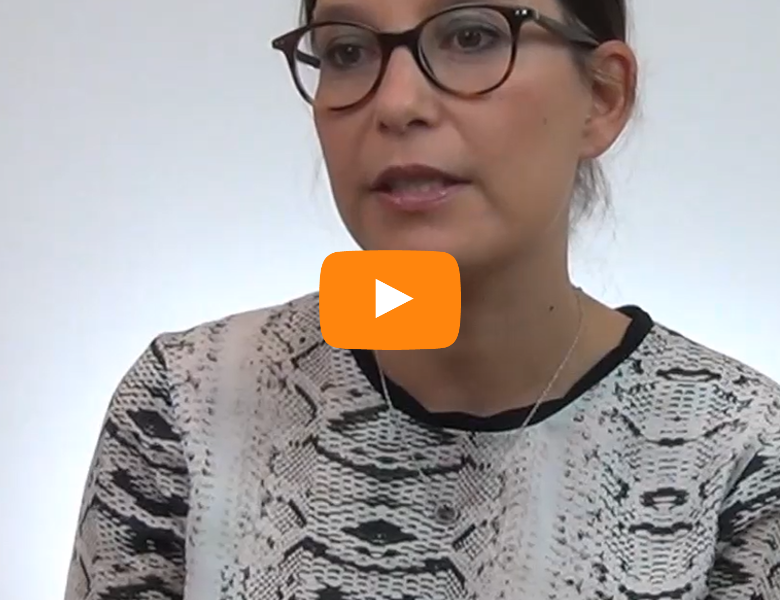Smart pricing strategies for pharma companies
Andrea Sobrio elaborates on the advantages of the comparative pricing method over traditional approaches to determine a drug’s pricing.
Interview: Smart pricing strategies for pharma companies
Why is choosing an accurate price for a drug challenging?
Having a good estimate of the market price and potential of a new drug is critical because of the implication it has for pipeline priorities, for ressource allocation, and for business development decisions.
These pricing decisions often have to be made when the product profile is not yet fully understood or, in business development situations for example, when time is of the essence.
The task is easier when there are other products in the same class and therapeutic indications available on the market; so called comparitors. However, the situation where you have a new drug class, a new treatment approach, or expect to launch the product in a low cost or generic market, the challenge is bigger.
What if we get it wrong?
If the price is too high, it may result in reduced access and lower sales because of the restrictions on use that are imposed due to payer concerns about cost effectiveness, budget impact or value for money. A price which is seen too high also creates a risk of negative publicity. And, at the very least, stakeholders from patients to physicians and even politicians expressing their discontent.
On the other hand, a price that is too low undervalues your asset and leaves money on the table. If for example you price a drug below its potential acceptable price, and demand is inelastic in this price range, then a drug with a 2 billion potential will deliver 200 million dollars less per year at peak.
What are traditional methods to set prices in pharma?
Traditionally, there are two approaches to determine the price of a new drug: Value-added pricing and cost-plus pricing.
Value-added pricing is based on the replacement or enhancements of current treatments in the same category, even if they belong to a different drug class.
Cost-plus pricing takes into account the development cost and return on investment before newer products or generics are likely to become available.
How does your new approach work, and why is it better?
Traditional pricing methods can be complex, time-consuming, expensive, and require data that can be scarce or simply absent.
Our comparative value method provides a rapid and cost-saving alternative that is highly valuable, especially in early stages of drug development, for scenario planning, and to inform in-licensing decisions. Here we are talking about days rather than weeks, at a fraction of the costs.
Which patterns are likely to emerge via this pricing model?
Using this method, three clear patterns emerge: The first and most common is a strong correlation between greater efficacy and higher treatment costs, and between bigger eligible patient populations and lower price. As an example, cardiovascular drugs with mortality benefit present this pattern very clearly.
A second clear pattern is the clustering around a single point. In this case it's likely that the price point will need to be anchored to the price of the existing analogues. The best example for this pattern are diabetic drugs providing glucemic control.
Finally, a third pattern is a clear price ceiling with all drugs being priced below the threshold. Example of this are long-term oral therapies in primary care.
What is the result, and how does it help to find the right price?
We believe this methodology is complementary to others as it delivers insights into likely price scenarios much faster, at lower cost.
In summary, this method is particularly useful in the following three situations:
- When the company is facing time constraints
- When limited market research data is available
- When the company is facing budget constraints








